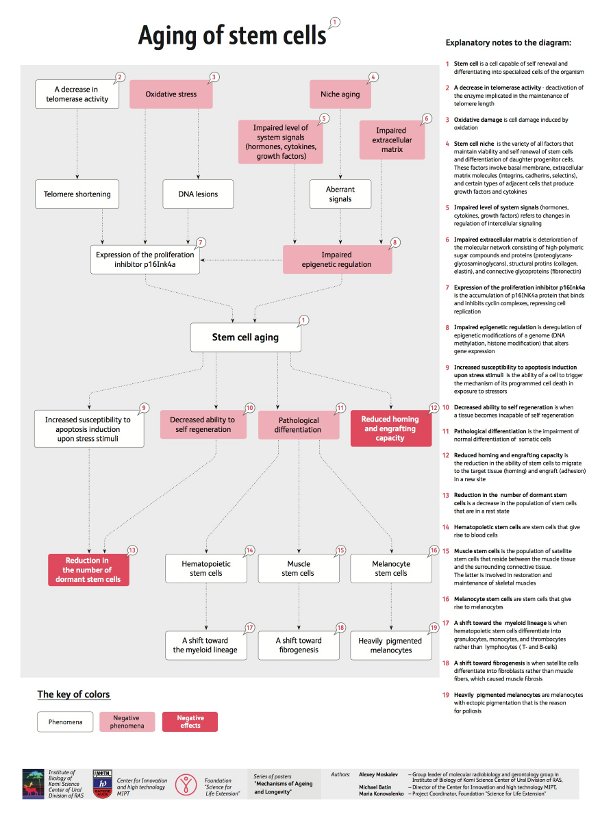Following Up on HDAC2 and Limited Reversal of Alzheimer's Disease Symptoms in Mice
A few years ago, researchers demonstrated a way to reverse some of the effects of Alzheimer's disease - a method that, interestingly, didn't involve targeting buildup of beta amyloid, presently the mainstream focus of the Alzheimer's research community.
HDAC2 regulates the expression of a plethora of genes implicated in plasticity - the brain's ability to change in response to experience - and memory formation. ... Several HDAC inhibitors are currently in clinical trials as novel anticancer agents and may enter the pipeline for other diseases in the coming two to four years. ... The researchers conducted learning and memory tasks using transgenic mice that were induced to lose a significant number of brain cells. ... after taking HDAC inhibitors, the mice regained their long-term memories and ability to learn new tasks. In addition, mice genetically engineered to produce no HDAC2 at all exhibited enhanced memory formation.
There are a few other studies out there to place question marks next to the primacy of amyloid in Alzheimer's disease - but you have to weigh them against the huge number of studies suggesting that it is important. But it's certainly the case that, given the ability, we would want to remove all such buildups of metabolic byproducts that appear with age. Young people don't have them, old people have them, ergo they may be part of the problem - and given limited information and large resources, why not work toward reversing all changes?
Here's a recent update on HDAC2 research. To my eyes, the most promising aspect of this work is not that it will necessarily lead to a viable therapy - the odds are always low for every research program - but that it shows Alzheimer's to be a reversible disease until quite late in the game.
The researchers found that in mice with Alzheimer's symptoms, HDAC2 (but not other HDACs) is overly abundant in the hippocampus, where new memories are formed. HDAC2 was most commonly found clinging to genes involved in synaptic plasticity - the brain's ability to strengthen and weaken connections between neurons in response to new information, which is critical to forming memories. In the affected mice, those genes also had much lower levels of acetylation and expression. .. The researchers then shut off HDAC2 in the hippocampi of mice with Alzheimer's symptoms, using a molecule called short hairpin RNA, which can be designed to bind to messenger RNA - the molecule that carries genetic instructions from DNA to the rest of the cell. With HDAC2 activity reduced [genes] required for synaptic plasticity and other learning and memory processes [were] expressed. In treated mice, synaptic density was greatly increased and the mice regained normal cognitive function....
The researchers also analyzed postmortem brains of Alzheimer's patients and found elevated levels of HDAC2 in the hippocampus and entorhinal cortex, which play important roles in memory storage.
...
The findings may explain why drugs that clear beta-amyloid proteins from the brains of Alzheimer's patients have offered only modest, if any, improvements in clinical trials ... The new study shows that beta amyloid also stimulates production of HDAC2, possibly initiating the blockade of learning and memory genes. ... We think that once this epigenetic blockade of gene expression is in place, clearing beta amyloid may not be sufficient to restore the active configuration of the chromatin.
Which all sounds to me very much like real progress in understanding the mechanics of Alzheimer's, if it's all validated by the research community - incremental, true, but progress nonetheless.


